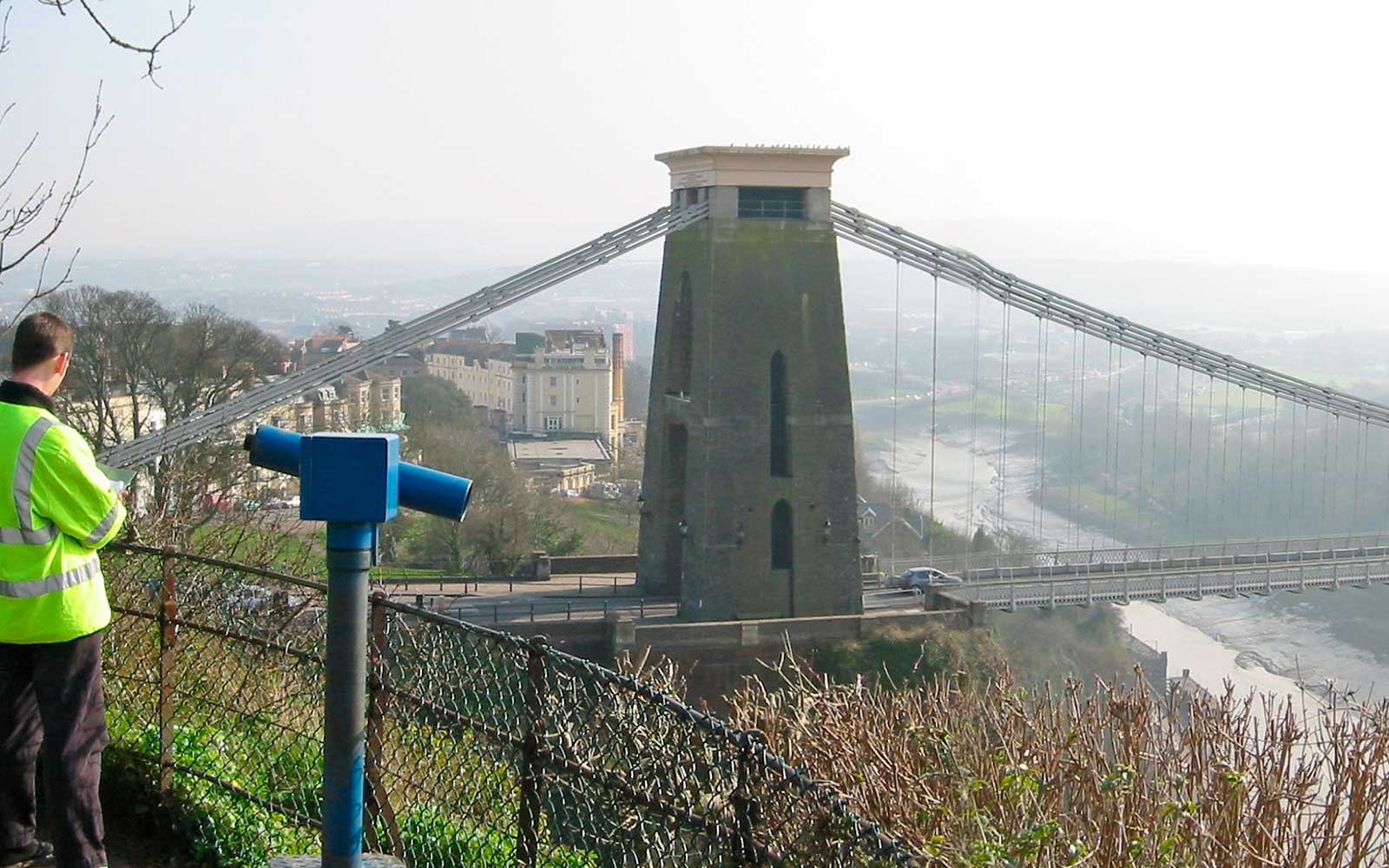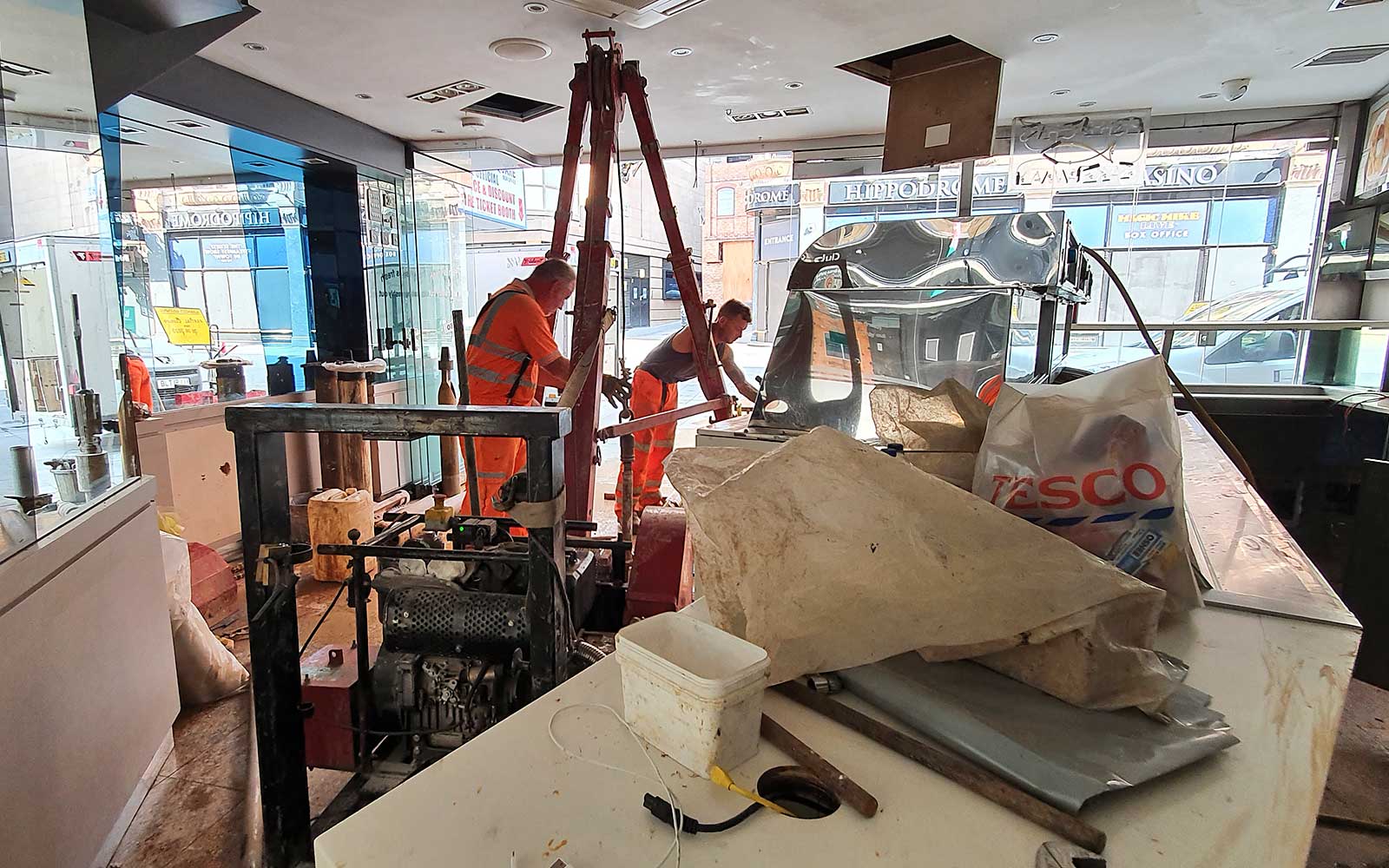Carbonation
Testing for Carbonation
Concrete will naturally carbonate over time and, depending on the condition of the material and the conditions of the environment, can reasonably be expected to progress at around 1-3mm per year. With exposure to CO2 in the atmosphere, the calcium oxide in the concrete forms calcium carbonate. While carbonation can lead to an increase in the strength of concrete, the advance of carbonation to the depth of buried ferrous elements will lead to a loss of passivation and the corrosion of those elements.
Testing for carbonation can be performed using different methods, most common being the breaking of the concrete and the application of a dye indicator (phenolphthalein) which turns purple on an uncarbonated concrete (indicated by a ph above 8.6) allowing for direct measurement of the carbonation front within the concrete.
GBG investigates a wide range of structures from historically significant buildings to small private residences.
Complete the form below, call us on +44 1223 812 464 or contact us via email at works@gbg.co.uk. A member of the team will respond ASAP to discuss your requirements.
Please note: GBG Group is compliant with the General Data Protection Regulation (GDPR). To learn more about how we collect, keep, and process your private information in compliance with GDPR, please view our privacy policy. *






